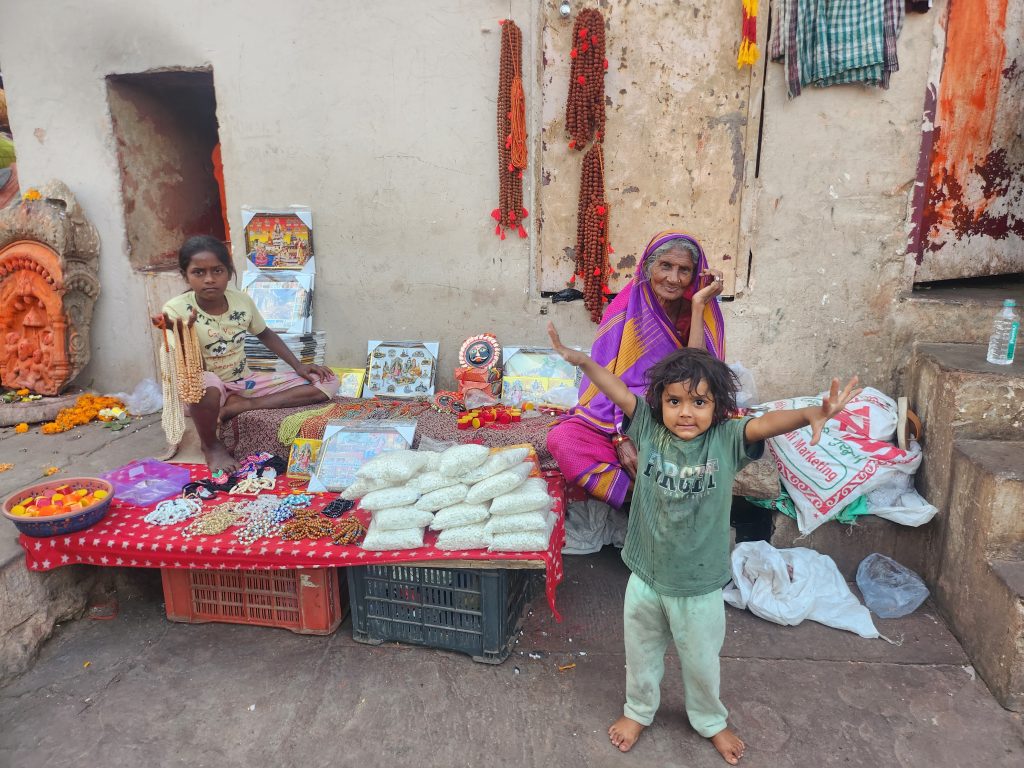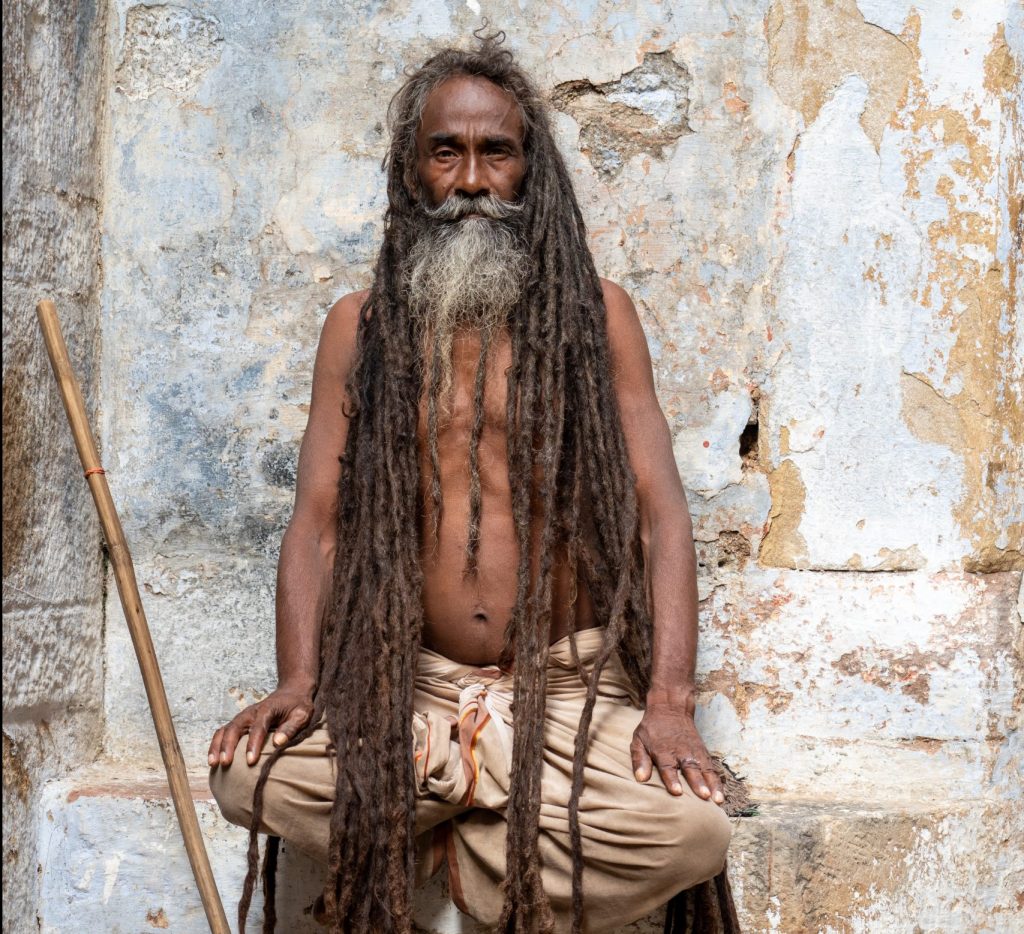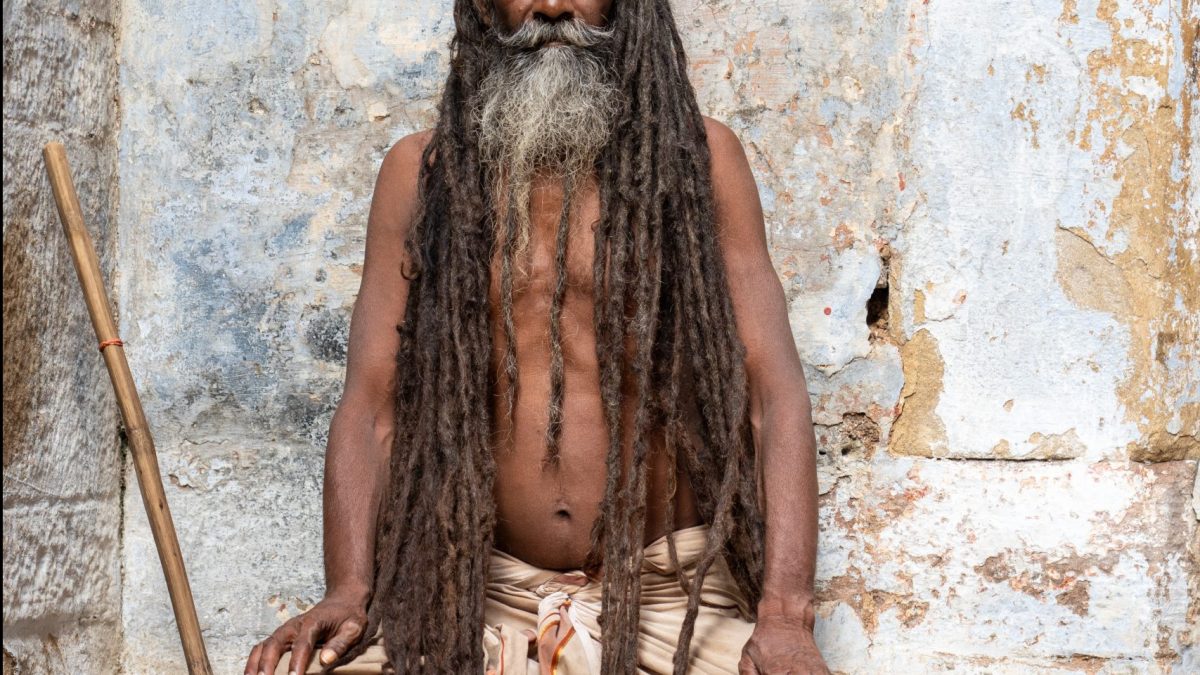Hinduism & its People
Hinduism is an ancient religion and culture thousands of years old. Its traditions were born in the Indian subcontinent and have shaped the identity of many Indians, who call themselves Hindus. Hinduism is not only a religion but also a culture, a way of life, whose devotees believe in the sacred teachings of the ancient scriptures, the Vedas. Hinduism is an amazing melting pot of tradition, beliefs, and practices to which books and books can, and are, written. This short blog is merely the tiniest introduction to what can be a lifetime of study to understand!
Origins of the word Hindu
The word Hindu originates from the ancient river Sindhu (Indus) in northern India. When Persians came into India, they called it the Hindu River, they named the land Hindustan, and the people of the land Hindus. The ancient Greeks morphed the word Hindu into Indos. Hindu and Indos both referred to the land beyond the river, the people, and their culture. Much later the word Hindu was assigned to the religious beliefs and practices of the people, and the term Indos (Indian) remained geographical and cultural.
It is thought that the English term Hinduism was first used in 1816-17 and became popular amongst Indian people in the 1830s as a term to oppose British colonialism and to form a collective religious and cultural group.
Who is a Hindu?
The meaning of the word Hindu has changed over time and continues to be fluid. While it is true most who identify as Hindu are born into Hinduism, it is possible to become Hindu by choice through the belief in, and practicing of, its philosophy and teachings.
To watch a documentary about India – its traditions, spirituality, and religion “Fascinating India” go HERE
History of Hinduism
Many say Hinduism is the world’s oldest religion, with roots and customs dating back more than 4,000 years. However, because the religion has no one ‘founder’, it is difficult to trace its exact origins and history.
Most scholars believe “Hinduism” started about 2500BC in the Indus Valley, near modern-day Pakistan. Hindus argue that their faith is timeless and has always existed.
Unlike other religions, Hinduism, with no one founder, being instead a fusion of fluid beliefs. Originally a blend of local Indus Valley tribal beliefs and that of the migratory Indo-Aryan peoples, Hinduism is a melting pot of philosophies and practices.
As an organised identity Hinduism took shape from Vedic culture and it’s ancient, Vedic Sanskrit scriptures, The Vedas. Scholars believe the Vedas were compiled thousands of years around 1500BCE (Hindus date them back much further, to 8000-6000 BCE, as traditionally words of faith were spoken not written). Hindus believe the Vedas to be of divine origin.
Or watch a documentary series all about India and its history “The Story of India” go HERE
Hinduism today
Hinduism is the third-largest religion in the world with over 1 billion followers, 94% of whom reside in India.
Today’s Hinduism, despite evolving over thousands of years to encompass many diverse beliefs and practices, somehow still holds onto a deep sense of “unity in diversity”. This is because, despite a variety of sects and many Gods & deities, scriptures and symbols, practices and customs, Hinduism accepts all views and recognises that different paths (including those outside Hinduism) lead to the same destination for us all.
Despite being so old Sanatana Dharma (the Hindu word for their faith meaning “eternal faith or immemorial way of right’), has survived and grown because of its ability to be diverse, accepting, and meet the needs of its people. Over history strong movements of faith have developed to build strength among the Hindu community during times of external threat, oppression and internal challenges to its people and culture, and this has helped keep Hinduism popular and meaningful.
Today there are four major sects of Hinduism: Shaivism, Vaishnava, Shaktism and Smarta, as well as several smaller sects with their own deities, beliefs and practices.
To watch the trailer to a great documentary about women in India today “The World Before Her” go HERE

Selling flowers in India for spiritual practice and Puja
Hindu scriptures
There is not one single sacred book valued by Hindus, instead there are multiple scriptures that Hindus turn to for philosophy and guidance.
Among these, the oldest and primary texts are the 4 Vedas – Rig Veda, Yajur Veda, Sama Veda, and Atharva Veda, and according to Hindu philosophy, they collectively represent the eternal truth that was revealed to the sages by God. They are a profound collection of Sanskrit verses, hymns, and revelations: the pillars of Hindu philosophy.
Other important scriptures include the 108 Upanishads (while 13 are most well-known some say there are over 200), and the 18 Puranas, the Ramayana, ‘the Mahabharata, the Bhagavad Gita, and the Shiva Sutras.
Hindu worship
Hinduism embraces a rich and expansive understanding of the Divine, that welcomes many Gods, deities & gurus, multiple scriptures, and a vast array of practices. However, Hindus believe in one Divine energy that appears in many forms – the ultimate reality. It is formless & embodied, male & female, singular & plural.
Most Hindus worship one chosen God, or deity called their Ishta Devata, but also include prayer & offerings to other deities or gurus as well, depending on their current needs. Such a plethora of worship has resulted in an extensive array of Hindu festivals. Some are celebrated throughout India, and many more are primarily regional. They mark seasons, planetary alignments, specific events in the lives of the different Gods and Goddesses, and specific concerns of life—wealth, health, fertility, etc.
Some of the most revered Gods & Goddesses are Shiva, Krishna, Vishnu, Kali, Ganesha, Hanuman, Saraswati & Lakshmi. Sages and seers throughout history are also highly revered and respected, including Vasishta, Vasu Gupta, Vyasa, & Shankaracharya.
Hinduism also has many sects, or schools of worship. Some are nation-wide and others only in smaller communities. Some require renunciation and austere life practices like those of the Nagas & Aghoris, yet most are easily embraced in everyday life and activities. A few main sects of worship include –
Shaivism – one of the largest denominations its followers worship Lord Shiva as their supreme deity. Sometimes known as “The Destroyer”, Lord Shiva is the God of destruction, transformation & creation.
Vaishnavism is considered the largest Hindu sect, with followers worshipping Lord Vishnu (Narayana) as their supreme deity. Lord Vishnu is the God of preservation and has many avatars including Lord Krishna.
Shaktism- worship of the Divine feminine through a female deity, the goddess Shakti (also known as Devi). It is an interesting side note to mention that Hinduism is the only main religion that recognises a female form of the Divine in its worship. Shaktism can be practiced as devotion to one chosen Goddess or to several goddesses.
The Smarta or Smartism tradition of Hinduism is an orthodox sect restricted to followers from the Brahman upper caste of Indian society. Smartas differ from other denominations of Hinduism through their philosophy, called Advaita Vedanta. Smartas worship Brahman, Shiva, Vishnu, Devi, Ganesh & Surya (the Sun God). Smartism was founded by the sage, Adi Shankaracharya. The idea behind Smartism is to end outdated practices in Hinduism, such as animal sacrifice.
It is also important to add that some Hindus worship the Hindu Holy Trinity or Trimurti – Brahma the creator, Vishnu the preserver and Shiva the destroyer.

How Hindus worship
Hindus have no weekly worship service, nor set day or time in which a community is called to gather on mass. Although most Hindus do visit temples regularly, to pray and make offerings, Hindus do not need to worship in public. Worship can be performed to icons in the home shrine (mandir), making the home a very important place of worship in India.
An integral part of Hindu worship is “puja” – it means respect, homage, or worship. Puja can be performed in the home or at a temple. Home puja involves a sacred space in the home with a small mandir, on which pictures and/or statues of worshipped gurus, deities, & Gods are placed. Puja involves saying prayers, lighting lamps, burning incense, making offerings of fruit, rice, and flowers, and ringing a bell. The goal in this worship is to please the Gods through all five senses.
In community temple worship, the rituals are similar yet can much more elaborate. In temple worship, a priest performs the puja, then on behalf of the god he returns to the people some of what they first brought as offerings—food, flowers, etc. This is called prasad, which means grace, goodwill, or blessing, it delivers offerings back to devotees as a blessing. Prasad can include eating a little food, receiving flowers to place in the hair, incense cleansing, sipping holy water, and receiving a bindi or other markings (coloured powders mixed with water), on the body.
Some Hindu concepts
The belief in Atman or the soul – that all living creatures are a form of the Divine.
Bhakti – liberation through devotion, service, and love for the Divine.
A Belief in enlightened masters or gurus.
Dharma – the cosmic order, ethics and principles that guide a virtuous life.
The belief in the cyclical nature of time – Yugas represent the spiritual condition of humanity (Kali Yuga, Satya Yug, Treta Yuga, & Dvapara Yuga) and last millions of years. One complete cosmic cycle is called a Kalpa.
The belief in reincarnation, with the ultimate goal of a release from the cycle of rebirth, into Moksha (liberation).
The belief in the divinity of the Vedas.
The belief in one, all-pervasive Supreme Reality – Brahman.
Karma – the actions of the people determine their present and future life.
A belief in nature – nature is divine and the universe is the body of God. Divine spirit manifests itself in all things – including earth and all its creatures, water, fire, wind, and rain.
Shiva and Shakti – Hindu deities and cosmic forces that are the dynamic interplay between masculine and feminine energies in the universe. Consciousness and manifest energy respectively.
To watch the trailer about yogi and spiritual guru Yogananda “Awake: The Life of Yogananda” – go HERE
Hinduism has evolved over thousands of years to embody a colourful range of beliefs and practices. It embraces a pantheon of Goda & Goddesses that are worshipped at home and in temples through rituals, ceremonies and festivals throughout each day and the year. Visiting a Hindu country offers a glimpse into a world where the Divine is embodied almost everywhere you look – in its people and its landscapes, and being part of such reverence is a profoundly moving experience.
To join me in travels to sacred Hindu lands go HERE



